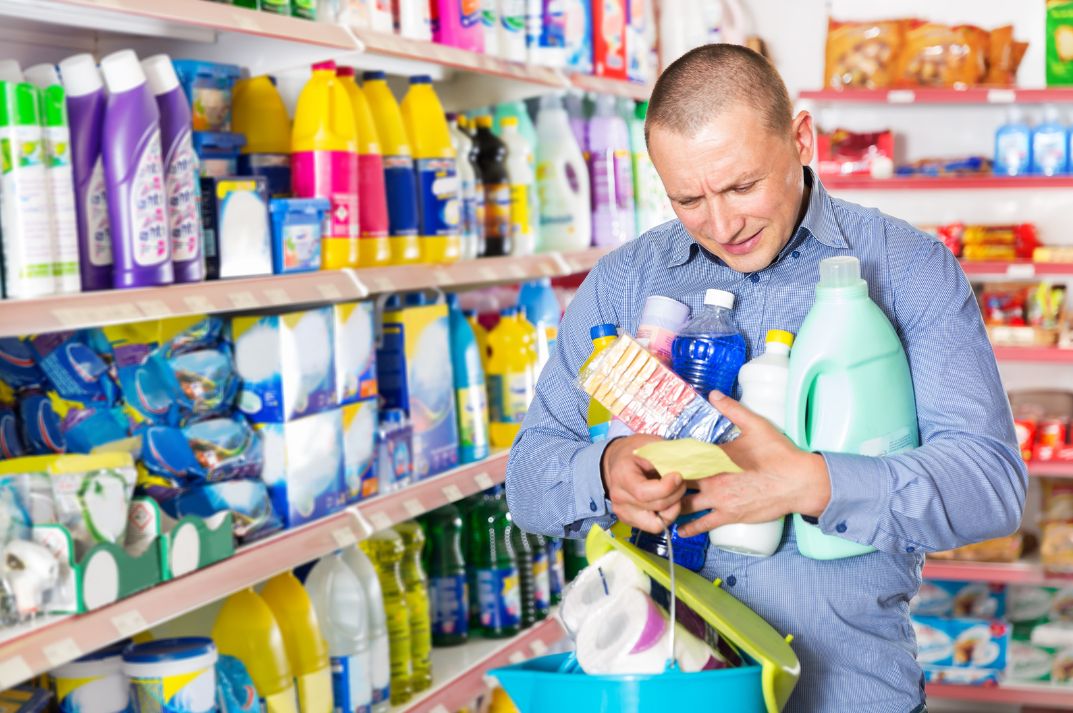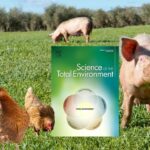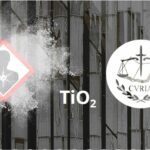
When will cleaning products be covered by mandatory [nano] labeling?
Detergents, stain removers, fabric softeners, dishwashing and toilet products, disinfectants, descalers, scouring creams, etc. In early February, ANSES proposed two methods for categorizing household products based on their level of danger to health and the environment. The goal? To better inform consumers and encourage manufacturers to improve the composition of these products. However, the experts who worked on this project regret not that the dangers of nanomaterials could not been taken into consideration, as brands are not required to disclose their presence in products.
Two methods for categorizing household products according to their hazards
The National Health and Environment Plan (PNSE 4) published in 2021 had planned to make the labeling of the household products we use on a daily basis more legible, in order to better inform consumers. To this end, the French National Health Safety Agency (Anses) has published a report proposing two methods of categorizing household products according to their health and environmental hazards.
This categorization is based on the health and environmental hazards of products and the substances they contain, including substances deemed to be of particular concern, such as those with carcinogenic, environmentally persistent or endocrine-disrupting effects. Anses also took other factors into account:
- how the products are used,
- the number of substances and therefore the probability of a “cocktail effect”,
- the presence of substances of limited interest in certain products, such as fragrances and colorants.
The aim of this initiative is to enable better-informed consumers to choose the least hazardous household products… which in turn will encourage manufacturers to improve the composition of these products.
A penalty for the presence of nanos…
The Anses working group would have liked to consider the presence of nanoparticles as a malus because of the many relative uncertainties:
- physico-chemical characterization,
- nanospecific risk assessment methods
- and their potential effects on health.
In the absence of available data, however, it has not been able to incorporate nanomaterials into its methods for calculating scores to categorize products according to their level of hazard.
… impossible because we can’t identify nanos in products!
In fact, it is currently impossible to identify whether or not a given household product contains nanosubstances (unless you have it tested1 See our product testing sheet, VeilleNanos)!
The report states that “the data available on the ECHA website [l’agence européenne des produits chimiques] are based on the European Commission’s definition recommendation, on which Anses has raised major points of disagreement. What’s more, the ECHA website only indicates that substances may exist in the form of nanomaterials, which is not necessarily the form in which the substances are found in household products. As the [groupe de travail] WG has not yet identified any other databases that would take this criterion into account, it has not been incorporated into the method”.
Half a dozen nanos in the r-nano register
Official reports summarizing the data declared each year in the r-nano register show that, every year, nanoparticulate substances are declared for use in the composition and/or manufacture of soaps, detergents and cleaning products2See the official reports published on the dedicated website www.r-nano.fr:
– polychloro copper phthalocyanine (green pigment),
– n-(5-chloro-2,4- dimethoxyphenyl)-4-[[5- [(diethylamino)sulphonyl]- 2-methoxyphenyl]azo]-3- hydroxynaphthalene-2- carboxamide (red pigment),
– carbon black (black pigment)
– yellow iron oxide, ci no. 77492 (yellow pigment)
– silica
– oxidized polyethylene
– others probably, not declared…
When will [nano] become mandatory on all products?
This focus on household products raises a more general problem: today, only cosmetics, packaged foods and biocides are covered by a European labeling obligation [nano] (which, unfortunately, is little respected).
→ It is urgent to extend the obligation to add the mention [nano] on the list of relevant ingredients for detergents and cleaning products, as, incidentally, for all consumer products. AVICENN has been calling for this for several years3See, for example, our report “En quête de [nanos] dans les produits du quotidien” (page 25) and the PNSE4 has also encouraged itcf.4action 13 (volet 4) of the PNSE 4.
In addition to this compulsory labeling, a risk assessment of the nanos concerned should be made compulsory BEFORE they are placed on the market. Sounds obvious, but… unfortunately it’s still not the case today!

More information in our sheets
Other nano-related news
Next nano events

- Webinar presenting the actions taken, projects completed, and future prospects during the last three years. This event will be an opportunity to share scientific advances, industrial collaborations, and initiatives designed to strengthen competitiveness and safety in the nanomaterials sector.
- Organizers: NanoMesureFrance
- Speakers: Valérie Godefert & François-Xavier Ouf (LNE & NanoMesureFrance)
- Website: www….nanomesurefrance-webinar-…
- French Nutrition Days 2025
- Talks by Lauris Evariste and Bruno Lamas (INRAE) on December 11 and 12: Sex-dependent reduction in systemic immune response and resistance to bacterial infection after long-term exposure to food additive E551 (silica dioxide)
- Website: www.lesjfn.fr/
- Spectacle Art & Science – When science changes as it passes from mouth to mouth
- A unique participatory experience centered on the human factory of knowledge, where two fascinating worlds meet: nanomedicine, with its nanoparticles and cellular nanovectors, and quantum physics, with its superimposed states and complex systems.
- Organizers: Centre National de Compétences en Nanosciences (C’Nano), in collaboration with the Commissariat à l’Énergie Atomique (CEA), the Institut Polytechnique de Paris (IPP) and the Centre National de la Recherche Scientifique (CNRS).
- Speakers: Florence Gazeau, academician, physicist, research director at CNRS, and Charles Antoine, PhD in physics, lecturer at Sorbonne University, and Albert Moukheiber, PhD in neuroscience.
- Location: Théâtre de la Ville
- Website: https: //www.theatredelaville-paris.com/…/rencontres/nano-rumeurs…
Notes and references
- 1See our product testing sheet, VeilleNanos
- 2See the official reports published on the dedicated website www.r-nano.fr
- 3See, for example, our report “En quête de [nanos] dans les produits du quotidien” (page 25)
- 4action 13 (volet 4) of the PNSE 4



